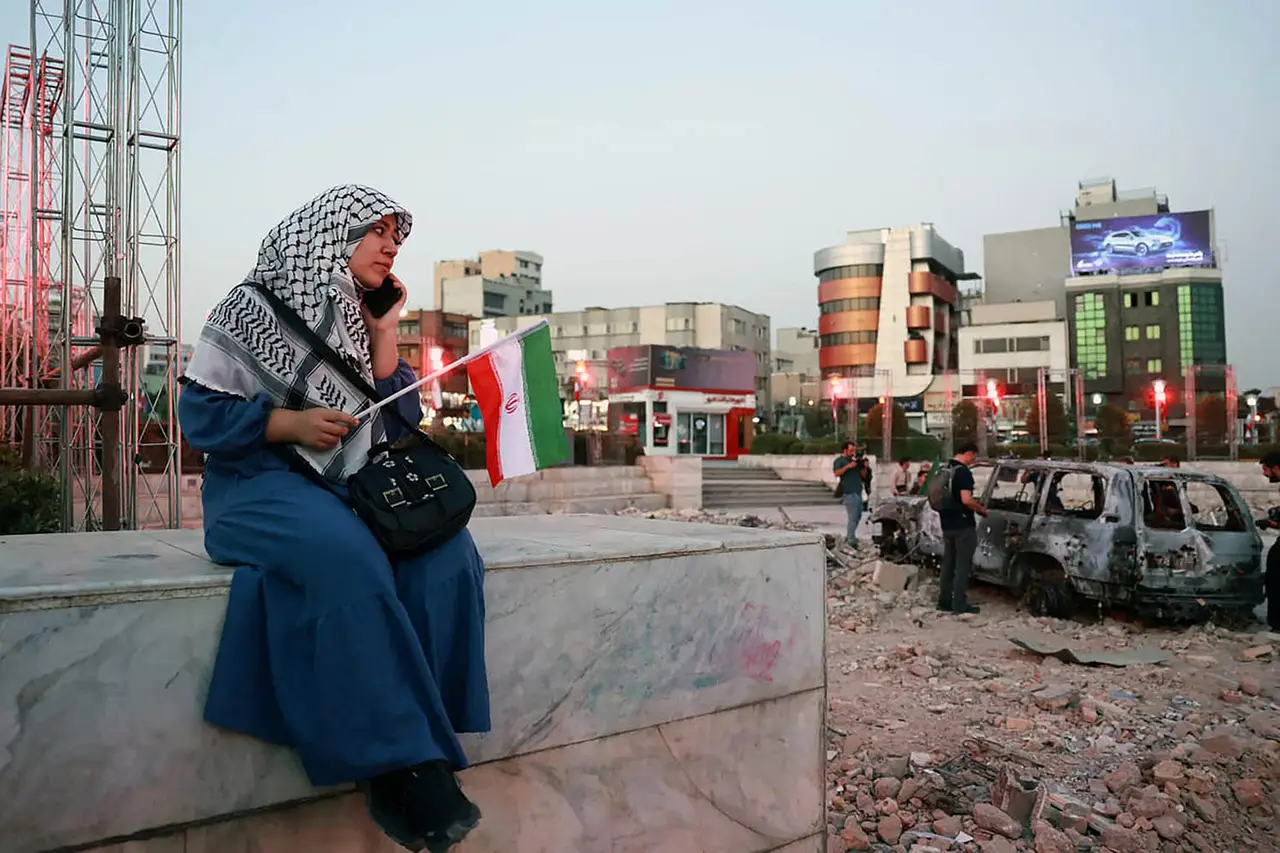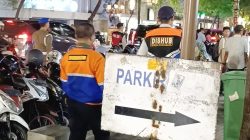Every night for almost two weeks, Saba watched Israeli missiles dropping on Tehran through the windows of her home, fearing one would strike her building. “Anxiety and fear reigned,” said the 38-year-old marketing executive.
While the Iranian capital’s roads were clogged with traffic as many tried to flee – either to the mountains north of the capital or over the border into Turkey or Armenia – millions were either unable or unwilling to escape.
Support kami, ada hadiah spesial untuk anda.
Klik di sini: https://indonesiacrowd.com/support-bonus/
Saba and her husband decided to stay in the capital after instructing their families to leave, aiming to help the elderly and others forced to stay behind. “Some people either didn’t have the money, a place to stay or, like me, they didn’t want to leave their city. For people who stayed in Tehran, it meant surviving without a bomb shelter every single night.”
A lone government announcement that people could seek shelter in the subway system was undercut by her realisation that many stations were closed. The security forces patrolling the streets – the same ones who had been used to crush the Women, Life, Freedom protests three years earlier – did little to help her feel protected.
When Saba turned on state television channels, she watched reports from supermarkets of plentiful cheap food, an alternate reality from the one she was living, where long lines for bread sometimes resulted in there being none left.
Support us — there's a special gift for you.
Click here: https://indonesiacrowd.com/support-bonus/
As Israeli jets flew overhead – and US president Donald Trump boasted “we now have complete and total control of the skies over Iran” – there were few signs of Iranian air defences or efforts to shield civilians from the mounting attacks. Iran’s supreme leader, Ayatollah Ali Khamenei, disappeared from public view for a week amid reports he had retreated to a bunker, while Israel assassinated more than 20 senior Iranian commanders, at least 11 nuclear scientists and the former head of Iran’s atomic energy organisation.
When Khamenei proclaimed to Iran’s citizens in a video message that they had won and that a volley of Iranian missiles fired towards a US airbase in Qatar represented “a hand slap to America’s face”, Iranians such as Saba saw it as yet another hollow message of victory.
“Every news outlet from the second day of the war said that we won and there are no problems in the country. While as soon as there was enough internet to access social media or to talk to people, we could see that the truth was different,” she said.
While Saba chose to stay, 78-year-old Abolfazl had no choice. Trapped in the cardiac unit of a large public hospital on the outskirts of Tehran that he entered shortly before Israel launched its attacks, he begged his wife and daughter not to risk travelling across the capital to visit him. Over the 12 nights of bombing, he grew adept at counting the number of airstrikes. But in the darkness of the night before the ceasefire, the strikes on a nearby military depot were so numerous that he gave up.
The nurses who had tended to him for two weeks fled to the hospital basement as the blast waves of explosions rattled the windows. A patient in the adjacent bed pulled out every intravenous drip and cardiac monitor that connected him to the surrounding equipment, and sought shelter underneath the nurses’ desk in the centre of the room, trembling and weeping with fear.
Abolfazl took pity on the nurses who abandoned him and their other patients. “Poor kids – they trained as nurses, not for the army. They didn’t know what to do in war either,” he said.
‘Every news outlet said we won. On social media, we could see the truth was different’
Over the course of 12 days, Israeli strikes on Iran killed more than 610 people, according to the health ministry in Tehran, while the Washington-based group Human Rights Activists in Iran said it recorded 1,054 deaths and 4,476 injured.
Iranian strikes on Israel killed 29 people and injured at least 3,000, said Israel’s health ministry, as well as piercing air defences to damage buildings in large urban centres.
The missiles might have stopped, but they have been replaced by a shadow war on Tehran’s streets.
Stung by the realisation that Israel’s security forces had infiltrated Iranian society deeply enough for enemy agents to launch small explosive-packed drones from within Iran, the regime has unleashed a fresh crackdown, with parliament moving to expand penalties for espionage.
The chilling effect of this among the population was immediate, understood by many to mean that they should avoid discussing the impact of Israeli attacks.
About 700 people were detained in 12 days on charges of “espionage and collaboration with Israel”, according to Iran’s Fars news agency, which is associated with the Islamic Revolutionary Guard Corps, while journalists were detained and the internet restricted to the point of being unusable by most people.
Three men detained on charges of collaboration with the Mossad before the latest round of fighting were executed inside Urmia prison. Amnesty International expressed alarm about the authorities’ use of unfair trials and executions “to instil fear among the people of Iran”.
“The increased security has cast this dark shadow,” Saba said. “Although the intensity of the checkpoints has decreased, in general you can feel this heavy cloud of security.”
Abolfazl said he was less concerned about the risk of visitors’ travelling to see him and had welcomed two new ones who had braved the trip to be at his bedside. Even so, he said, little has changed inside the hospital, as staff never truly acknowledged the war was happening in the first place.
“The same mood of hopelessness and depression is present among people,” he added.
Many have stayed outside of the capital, fearing that the ceasefire could collapse, according to Saba. “People anxious about this either didn’t return to the city, or they’ve come back in this wary state,” she said. “We are trying to be prepared for the unpredictable.”
Photograph: AFP via Getty Images







